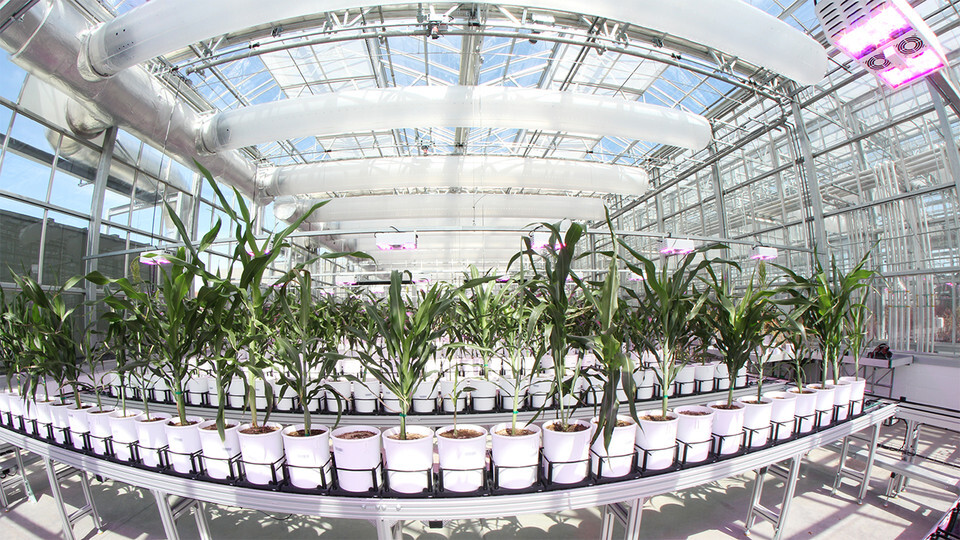
Lincoln, Neb. —The University of Nebraska–Lincoln achieved $317 million in total research expenditures for the 2019 fiscal year, representing a 2.8% increase from the previous year and marking a ninth consecutive year of increased growth.
Total research expenditures reflect the amount invested annually on research and development activities, and are considered a key indicator of growth and research quality. During the past decade, Nebraska has achieved a 26% increase in total research expenditures, with a goal to approach $450 million by 2025. Funding sources are internal and external to the university.
In fiscal year 2019, which ended June 30, also was marked by a boost in externally sponsored awards. Those awards increased 2.5% to $271 million during the fiscal year, with research awards increasing 14% to $165 million. Of that, federal research awards accounted for nearly $130 million, a 20.5% increase from the previous year and 55% more than the past decade.
Bob Wilhelm, vice chancellor for research and economic development, said Nebraska’s award growth can be attributed to researchers pursuing complex, high-profile projects that draw upon university strengths. Proposal submissions also increased, indicating significant investments in time and effort from scholars and the Office of Research and Economic Development.
“Nebraska’s strong reputation for conducting high-quality, groundbreaking research is helping us successfully compete for external awards,” Wilhelm said. “Expenditures and awards are important metrics to measure, but the real success is that our faculty are earning the support to help solve real-world problems and do the work that will have the greatest impact on society.”
Nebraska received the following major grants and research contracts in FY 2019:
-
$11.85 million from NIH to create the Rural Drug Addiction Center, a Center for Biomedical Research Excellence focused on understanding and addressing drug addiction in the rural Midwest.
-
$4.2 million from the Norwegian Ministry of Foreign Affairs to develop solutions for closing the yield gap among oil palm plantations.
-
$3.6 million from DHHS-Substance Abuse and Mental Health Services Administration for a five-year suicide prevention project.
-
$3.3 million from the U.S. Department of Education-Institute of Education Sciences for testing the effectiveness of a program aimed at promoting positive learning environments and academic achievement in Nebraska.
-
$3 million from DHHS-National Institute of Drug Abuse to advance understanding on how injection drug use affects the biomarkers of disease progression in HIV-positive patients.
-
$2.4 million from DHHS-National Institute of Diabetes and Digestive and Kidney Diseases to study the link between executive control during childhood and later health behaviors and weight among adolescents.
-
$2.2 million from DHHS-National Cancer Institute to identify the immune responses that can protect against the herpes virus commonly associated with Kaposi’s sarcoma, a type of cancer that is prevalent among HIV-positive populations in sub-Saharan Africa.
-
$2.2 million from the U.S. Department of Agriculture-National Institute of Food and Agriculture for the North Central Extension Risk Management Education Center, aimed at helping agricultural producers from a 12-state region make operational decisions in a volatile, evolving environment.
-
$2 million from the National Science Foundation to create AIR@NE. The goal of Adapt, Implement and Research at Nebraska is to implement an evidence-based K-8 computer science curriculum in school districts across Nebraska.







